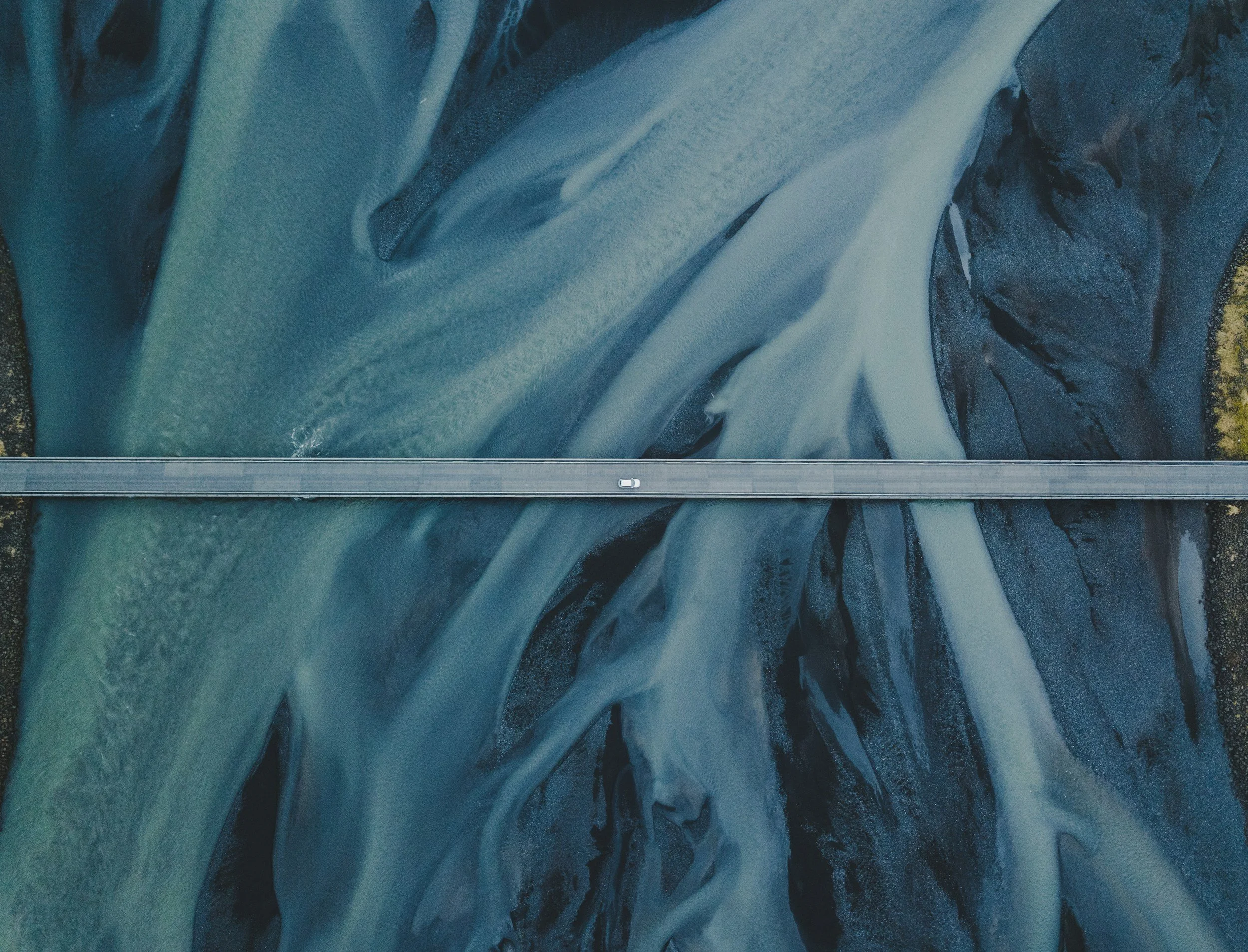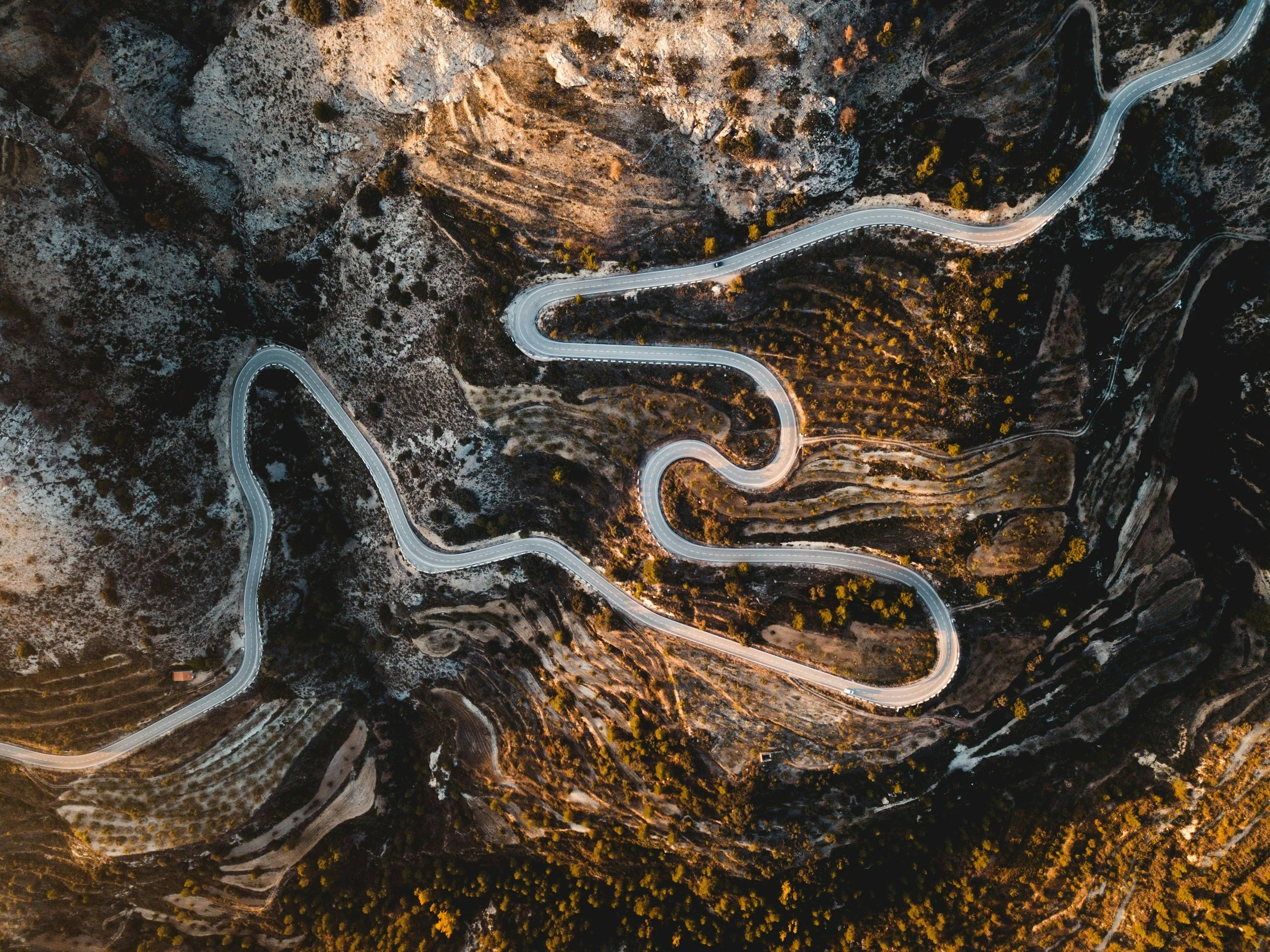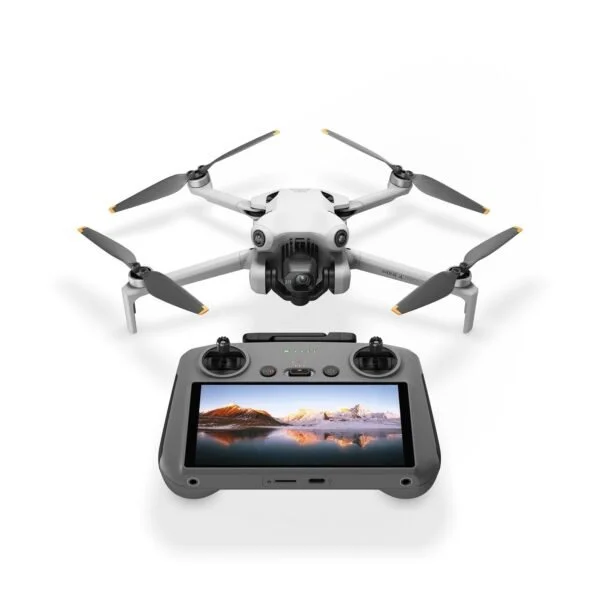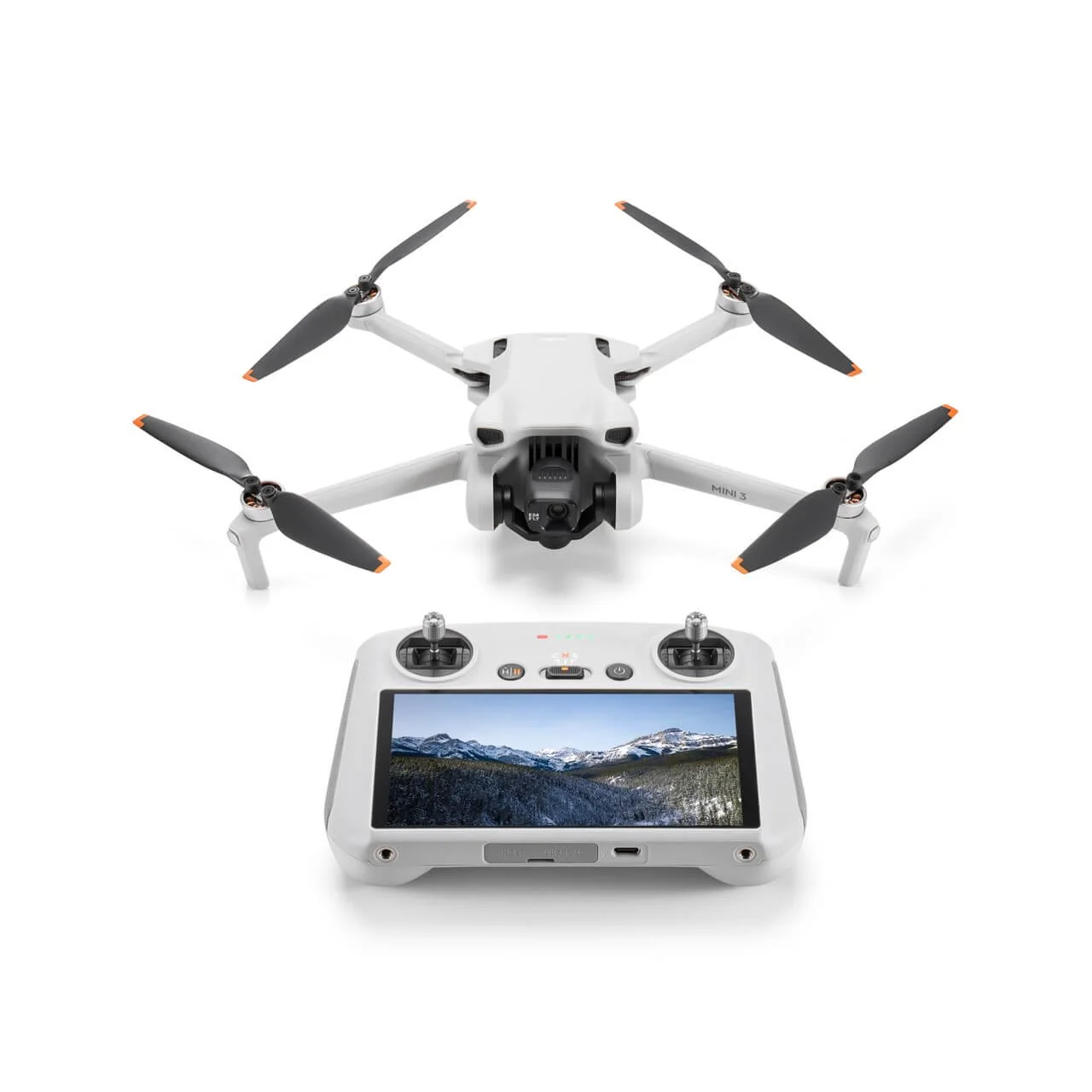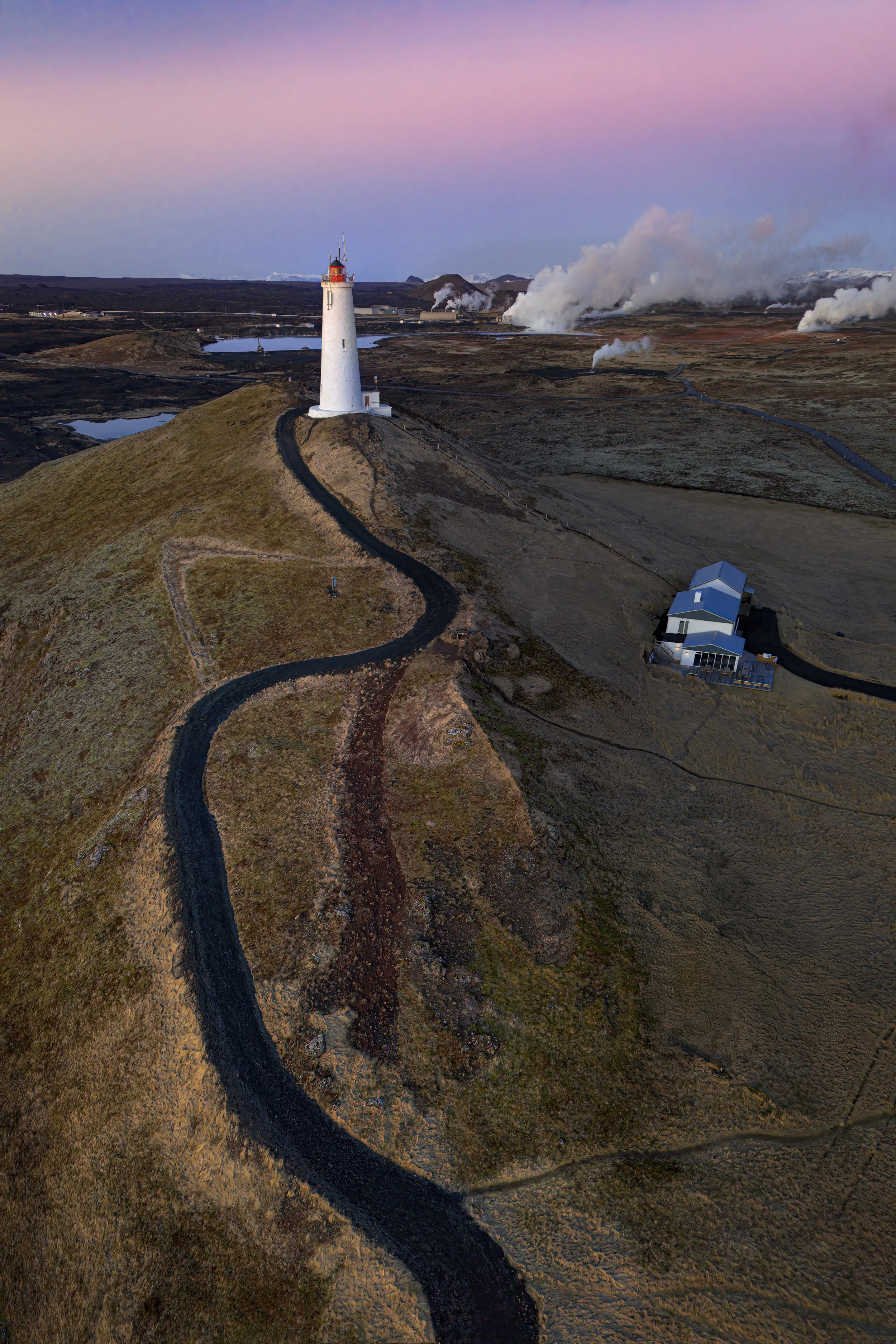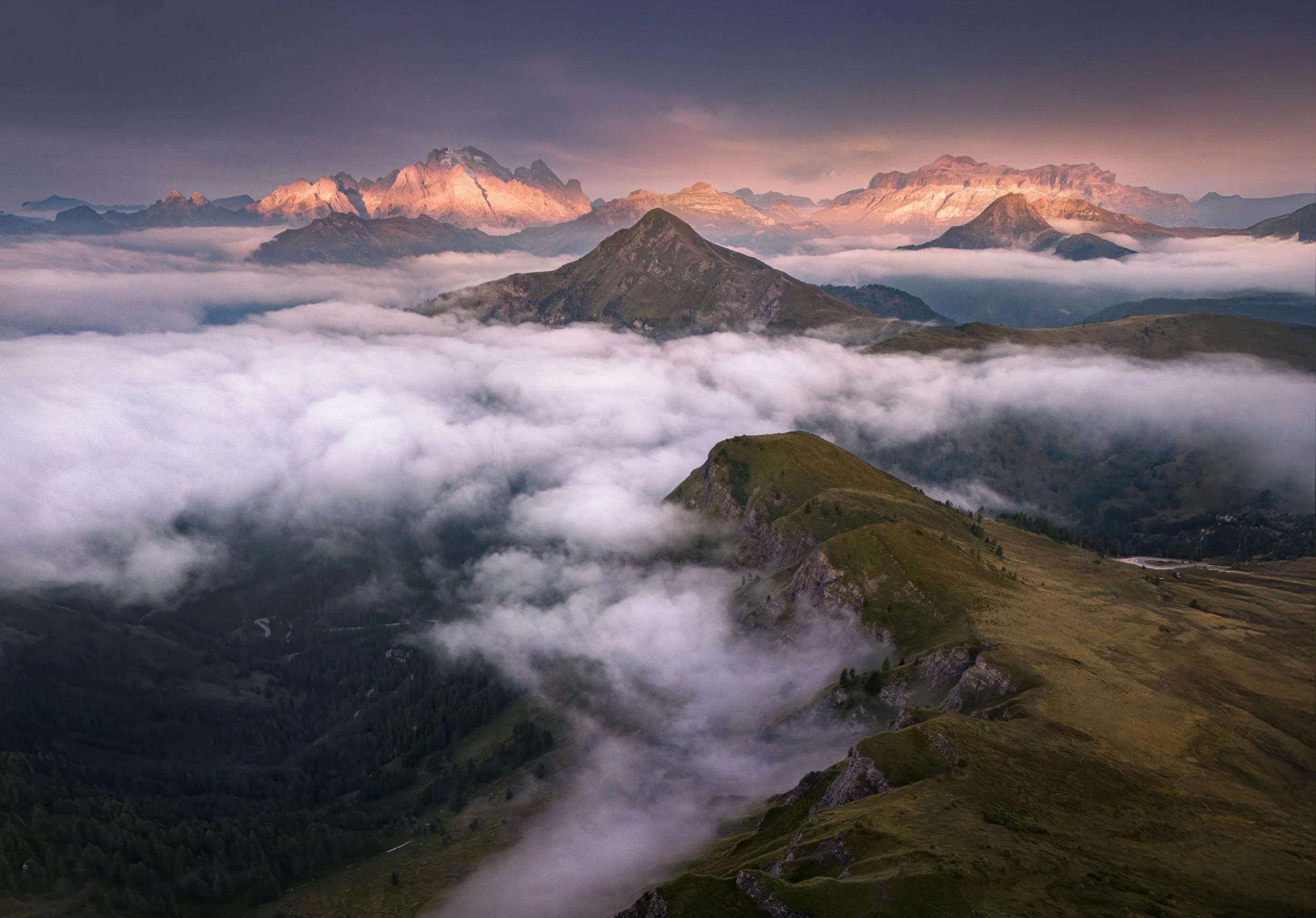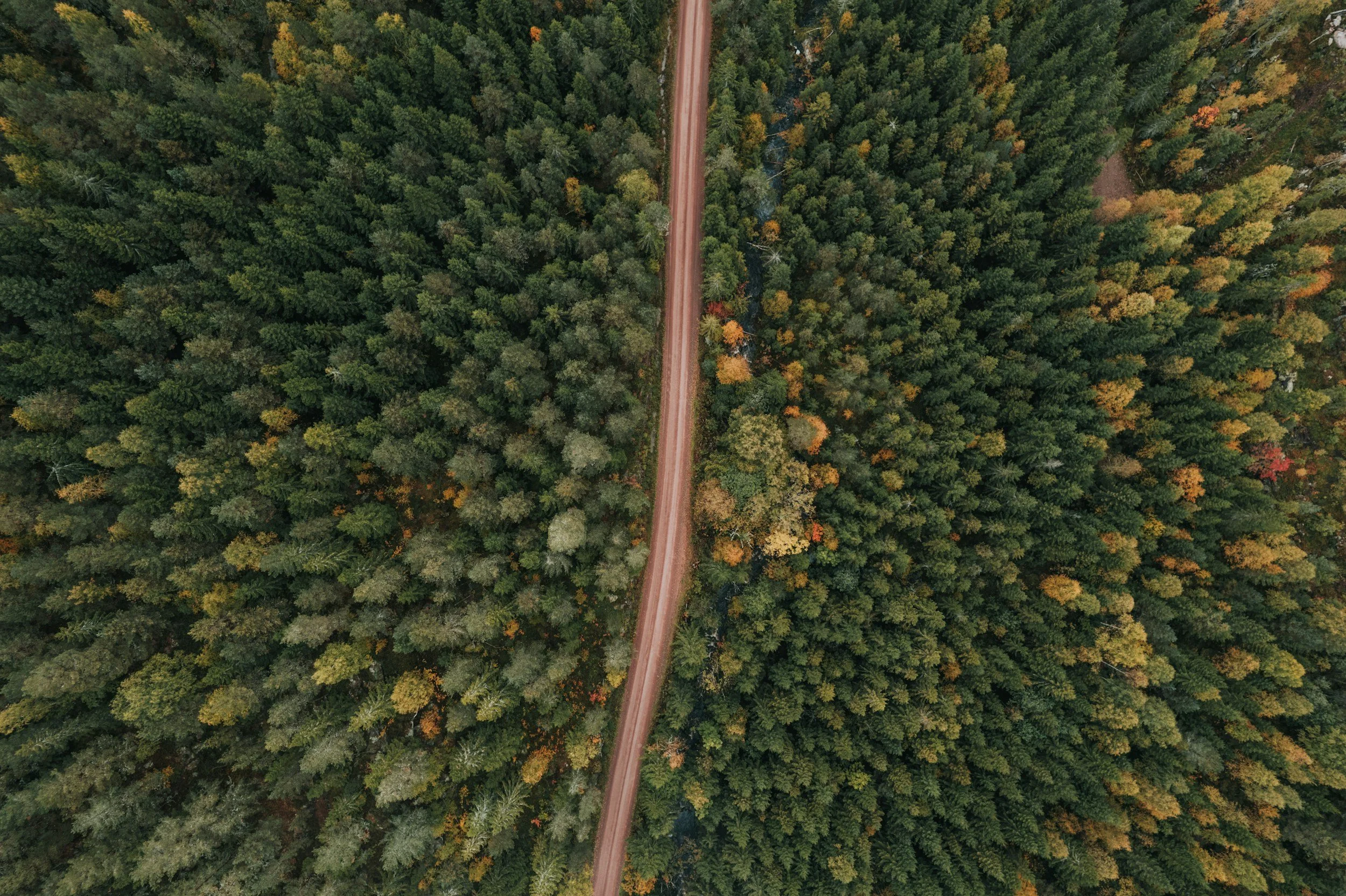
Above & Beyond
Why I Embrace Drone Photography
As a landscape photographer, I’m always searching for fresh perspectives. The right light, the perfect composition, the emotion of a scene these are the elements I strive to capture. But it wasn’t until I started flying drones that I truly began to see landscapes differently.
I currently use the DJI Mini 3 Pro, and over time it has become one of the most valuable tools in my photography kit. Whether I’m shooting the frozen landscapes of Poland, the majestic peaks of the Dolomites, or the otherworldly black sand beaches in Iceland, my drone allows me to capture images that would otherwise be impossible from the ground.
Why I Chose DJI & Why I Stick With Them
DJI has consistently set the standard for drone technology and for good reason. Their drones are intuitive, reliable, and deliver incredible image quality. In my view, DJI makes the best drones for photography, full stop.
The **DJI Mini 3 ** features a 1/1.3” CMOS sensor with a f/1.7 fixed aperture, which allows for great low-light performance and beautiful depth, especially when flying during golden hour or under soft overcast skies.
And despite its small size (under 249g), it can shoot 48MP RAW stills and 4K video, all while fitting into my camera bag or even a jacket pocket. For a traveling landscape photographer, that flexibility is priceless.
DJI Mini 3 vs DJI Mini 4 Pro vs Mini 5 pro (leaked specs)
A Quick Comparison
I’ve also had the opportunity to try the Mini 4 Pro , and while both drones are excellent, there are a few key differences:
📋 DJI Mini 3 – Key Specs
Weight: < 249 g
Camera Sensor: 1/1.3″ CMOS, 12 MP / 48 MP (RAW)
Aperture: f/1.7
Video Resolution:
4K @ 30 fps
2.7K / FHD at higher frame rates
Color Profiles: Normal, D-Cinelike
Vertical Shooting: Yes (gimbal rotates 90°)
Zoom: 4× digital
Obstacle Avoidance: None
Tracking: FocusTrack (limited)
Flight Time:
38 min (Standard Battery)
51 min (Plus Battery – not EU compliant)
Transmission System: DJI O2 (up to 10 km)
Controller Support: RC-N1 and DJI RC
Wind Resistance: Level 5 (~10.7 m/s)
DJI Mini 4 Pro:
Still under 249 g, highly portable.
Camera upgrades: 1/1.3″ CMOS sensor with 48 MP/12 MP RAW, 4K HDR video at 60 fps, slow-motion at 4K/100 fps, and vertical shooting capability. Supports 10-bit D‑Log M and HLG.
Omnidirectional obstacle sensing (with fisheye, downward, and a TOF sensor), plus ActiveTrack 360°.
Video transmission via O4 up to 20 km; flight time ~34 min (up to ~45 min with Plus battery).
Highly praised for combining portability with advanced features.
Upcoming DJI Mini 5 Pro (Rumored / Leaked)
Based on recent leaks and reports:
Impressive Camera: 1-inch CMOS sensor — a major step up from the Mini 4 Pro’s 1/1.3″. Supports 4K video at 120 fps and includes a 48 mm medium-telephoto mode via in-sensor crop.
Obstacle Avoidance: Might feature night‑scape omnidirectional sensing with forward-facing LiDAR — a first for the Mini series.
Flight Performance: Flight time around 36 minutes; potential optional extended battery for ~45 minutes or more.
Weight & Regulations: The usual “< 249 g” label may be missing from promotional boxes — suggesting it may exceed that threshold unless using a lighter battery version.
Transmission & Controls: Rumors mention OcuSync enhancements with range up to 25 km.
Release Timing: Expected launch around September 2025, though delays are possible.
🟢 What’s New With Each Generation?
✅ Mini 3:
First major camera upgrade with a 1/1.3″ sensor and vertical shooting.
Excellent flight time with optional Plus battery.
Lacks obstacle avoidance and advanced tracking.
✅ Mini 4 Pro:
Adds omnidirectional obstacle sensing, ActiveTrack 360°, and 4K/60fps HDR.
Improved color grading (10-bit D-Log M, HLG).
Upgraded transmission (O4 system, 20 km range).
🆕 Mini 5 Pro (Rumored):
1″ CMOS sensor for pro-level imaging.
LiDAR-assisted obstacle detection, improved night vision.
4K/120fps, medium-telephoto (48 mm crop).
May exceed 249 g — possibly regulated differently in some countries.
DJI MINI 3
DJI MINI 4 Pro
The Mini 4 Pro adds some compelling features, especially omnidirectional obstacle avoidance and waypoint navigation, which are fantastic for more complex shoots. But the Mini 3 still holds its ground when it comes to pure value, simplicity, and long flight times. For many traveling photographers, the Mini 3 is still more than enough.
And of course, the upcoming DJI Mini 5 Pro has everyone’s attention. While specs haven’t been officially released, rumors suggest it could push the “Mini” category closer to professional territory with a 1-inch sensor, advanced obstacle detection, and even LiDAR-assisted night flying. If those leaks prove true, it may become the ultimate travel drone though it could also lose the advantage of being under 249 g, which matters a lot in terms of regulations.
🛑 Drone Regulations: What You Need to Know Before You Fly
No matter how advanced or portable your drone is, regulations matter just as much as specs. In Europe, drone laws are governed by the European Union Aviation Safety Agency (EASA). Here are the basics every traveler should know:
Weight Classes Matter: Drones under 250 g (like the DJI Mini 3/4 Pro) fall into the “A1 subcategory,” meaning you can fly closer to people with fewer restrictions. Heavier drones often require registration, certification, and stricter limitations.
Registration & Operator ID: Even with sub-250 g drones, many EU countries still require you to register as a drone operator and display your Operator ID on the aircraft.
No-Fly Zones: Airports, government buildings, and military areas are typically restricted. Always check local maps or use DJI’s built-in geofencing system.
Insurance: Some European countries (like France) require liability insurance to fly legally.
Outside Europe
Drone rules vary widely:
Strict Countries: In places like Morocco, Cuba, and India, bringing a drone without prior approval can lead to confiscation.
Permits Required: Countries such as Turkey, Egypt, and Kenya require special permits for recreational or commercial drone use.
Lenient / Light Enforcement: Some regions — like parts of Southeast Asia, South America, or Africa may technically have drone laws but lack active enforcement (for example, Albania or Bolivia). This doesn’t mean it’s legal, but in practice, police rarely monitor drones unless you fly irresponsibly.
Golden Rule
Always check regulations before you travel. Laws change often, and what’s fine today may be restricted tomorrow. Websites like EASA’s drone portal, local aviation authority pages, and apps like AirMap or Drone Assist are great resources.
At the end of the day, no matter which drone you choose whether it’s the Mini 3, the feature-packed Mini 4 Pro, or the much-anticipated Mini 5 Pro the real joy is in the experience of flying and capturing the world from above. Aerial photography is something truly amazing; it allows me to see landscapes in ways I could never imagine from the ground, revealing patterns, textures, and perspectives that feel almost magical.
For me, every flight is a mix of excitement and calm, a chance to slow down, breathe, and connect with the beauty of the world from the sky. So wherever your travels take you, fly safe, respect the rules, and most importantly enjoy every moment of this incredible adventure.


